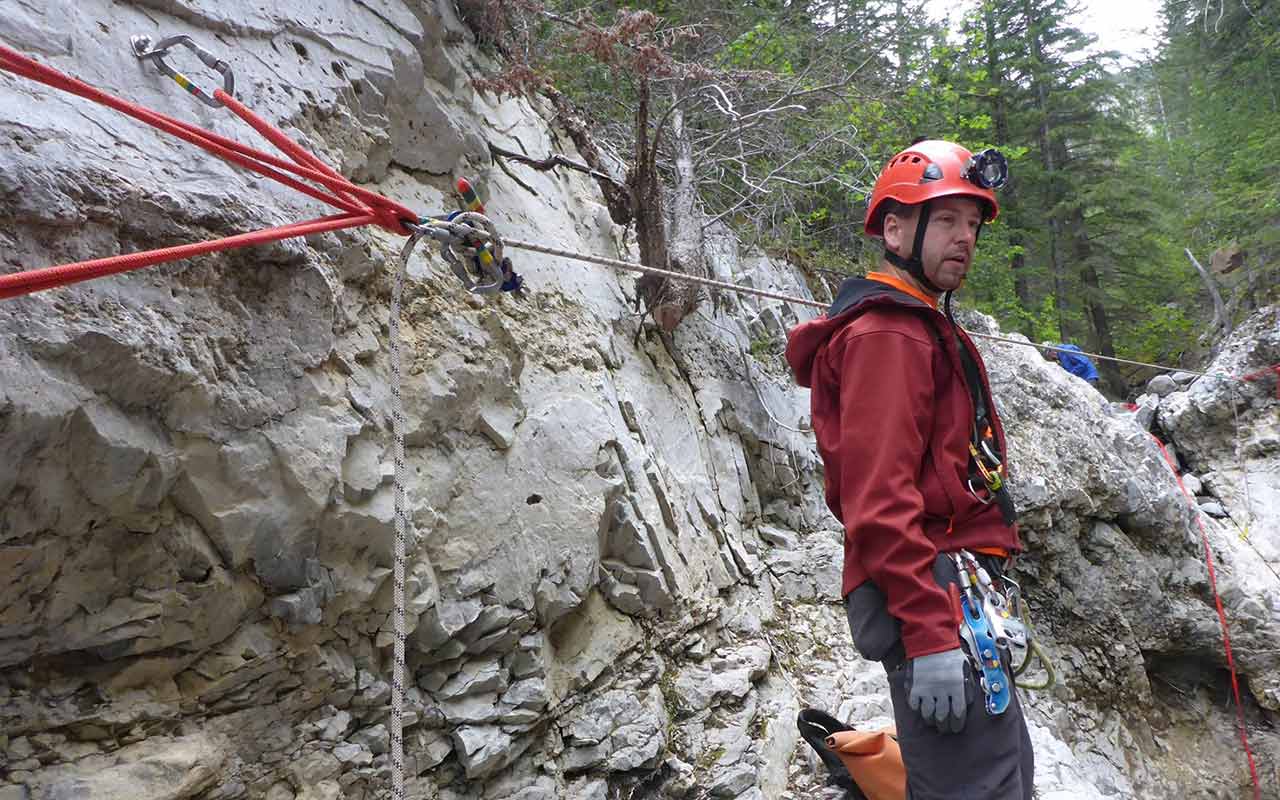The 2022 Annual General Meeting (AGM) of the Alberta Cave Rescue Organization (ACRO) will be held in conjunction with the AGM of the Alberta Speleological Society on Sunday, December 11, 2022, immediately following the A.S.S. session, at approximately 11:00 a.m. The AGM is required under the Societies Act and will be conducted for the following purposes:
- To receive reports from the Provincial Coordinator and other members of the Board of Directors
- To elect or re-elect officers of the Society for the coming term;
- To receive and approve financial statements for the fiscal year.
- To discuss other matters and transact such other business as may properly come before the meeting; [Please advise any Board member as soon as possible at if you wish to see specific discussion items included on the agenda.]
Cavers who are not already active with ACRO are welcome to attend - and also to attend the A.S.S. weekend of which it is a part. (Saturday: caving and canyoning trips, pot luck supper, presentations and awards; Sunday: breakfast and AGM meetings). Please reach out to learn about the opportunities available. Cave Rescue relies on the volunteer contributions of cavers and is a good way to maintain or enhance caving and rescue response skills, as well as preserve this important safety feature for our sport.
- Hits: 11226




